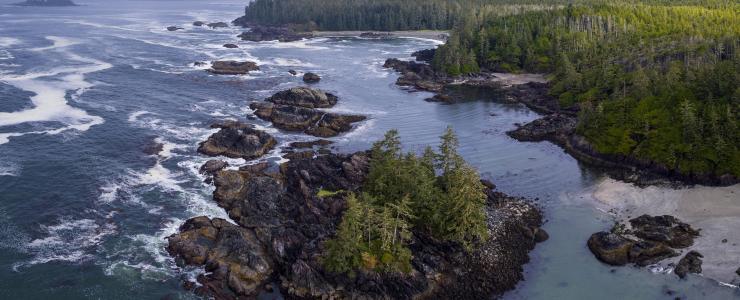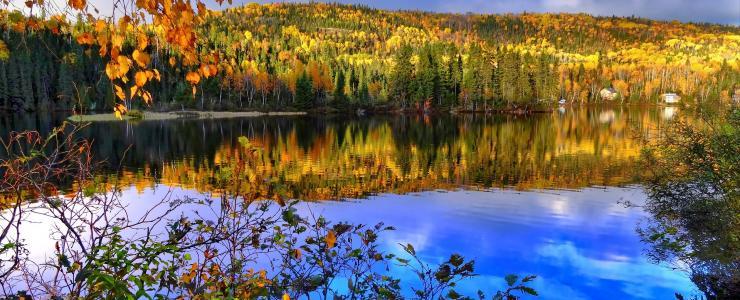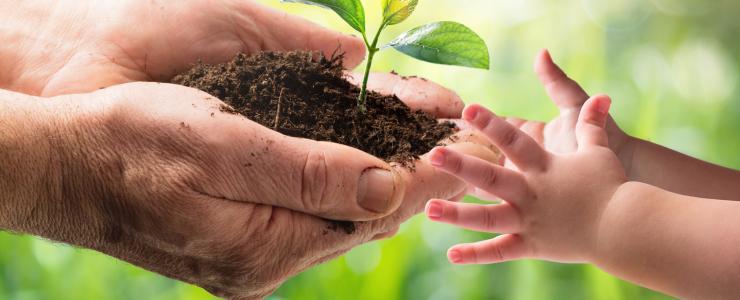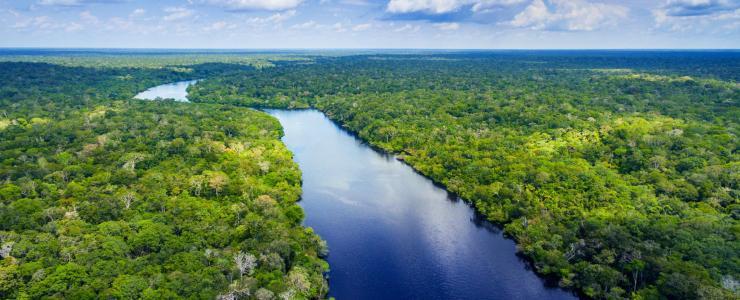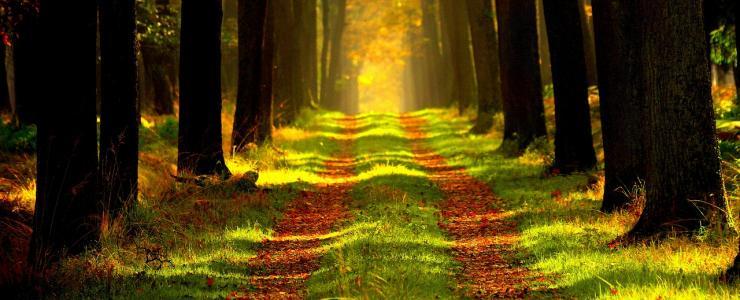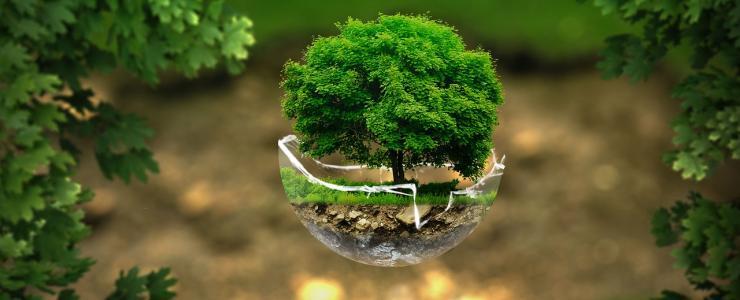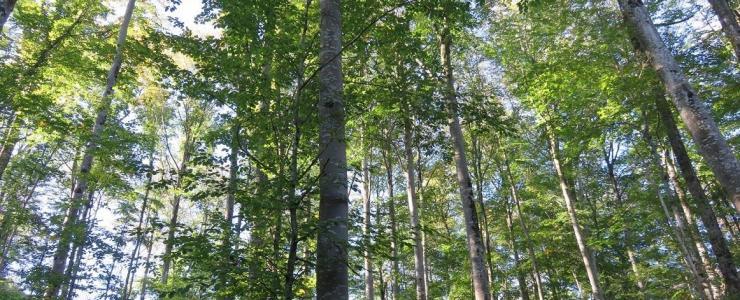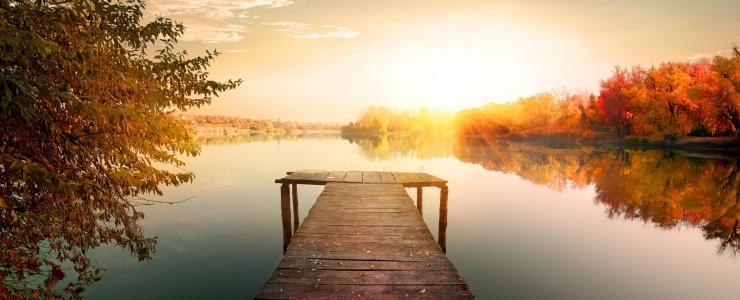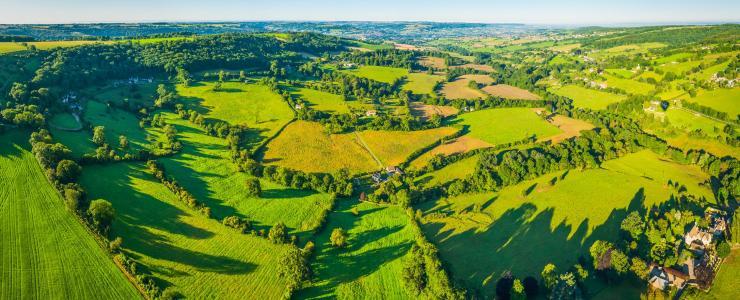The world’s forests feature high on the environmental agenda.
The world’s forests feature high on the environmental agenda. They are a carbon pool, continuously exchanging CO2 with the atmosphere. There is a reason why they are often called the ‘lungs‘ of our planet!
Of course, each country has its own forest capital and its own laws. Nonetheless, we can identify types of forest territory or region (of different sizes) according to species, soils and forestry methods.
Overview: forest countries
The forest covers a significant proportion of our planet: there are almost 4 billion hectares covering 31% of the continental land mass. Consequently, it receives special focus and is covered by some international treaties.
The five countries with the largest areas of forest account for half of the world’s total forested surface area:
- the Russian Federation with 800Â million ha
- Brazil with 519Â million ha
- Canada with 310Â million ha
- the United States with 304Â million ha
- and China with 206Â million ha.
With a forested area of almost 1 million hectares, Russia accounts for a quarter of the world’s forests.
The Brazilian forest is mainly deciduous, as is the case for India. A large proportion of the world’s standing capital elsewhere is made up of conifers, especially in Russia, Canada and the United States. The world’s largest stock of deciduous trees is in India and that of conifers in the United States. France is ranked 30th in the world.
France’s forests
Next to these vast green expanses, France is a relatively small forest country. However, the forest covers some 30% of French territory. It comes just behind agriculture in terms of land cover. It is the third largest forest country after Sweden and Finland (if we don’t count Russia as European), . In France, the forest is mainly deciduous, and located on the plains and at medium altitudes. Three-quarters of it is in private hands, and the other quarter publicly owned.
overview: The large forest regions
On a global level, the main forest regions are found in South America (with a large proportion in Amazonia), which accounts for 21% of the world’s forests, followed by Africa and North America, including Central America and the Caribbean, then Asia.
In around fifty countries and regions in the world, the afforestation rate exceeds more than 50% of the available land. Twelve of those countries are covered by forest for more than 75%. This is the case for Guyana, for example, with a rate of 98%, or Surinam (95%) and the Seychelles (88%).
Special protection zones have been created in some areas to preserve the forest and protect it from deforestation. The world’s largest protected forestry zone is in Amazonia.
If we look at the main trends in forest surface area, changes to the rate of forest loss and the present situation in terms of production and protection, we can identify certain disparities between the six main regions: Africa, Asia-Pacific, Europe, Latin American/Caribbean, the Middle East and North America.
It is worth noting that Latin America and the Caribbean have had the highest net forest loss rate in the world over the last decade.
Europe and France
The forested surface area of Europe as a whole has continued to increase over the last 30 years. It is the only region in the world to see such a rise.
Forestry plantations have expanded and natural forest areas have gained ground on former agricultural land in Spain, Sweden, Italy, Norway, France and Bulgaria. The European forest is a production forest.
France is a great example of a forest nation. Afforestation varies widely from one region or département to another.
The French regions with the largest forest surface area are Corsica, Provence-Alpes Côte d’Azur, the Grand Est, Occitanie and Nouvelle-Aquitaine. Northern and northwestern France are the areas with the least forest.
The most significant forested départements in France are the Landes, where the forest covers 65% of the territory, the Var and the Vosges. There has even been growth in the forested surface area in the southeast over the past 25 years (in Languedoc and Corsica).
Whether at a regional or national level, the forest is important all around the world. Each territory needs to know how to preserve it and develop it in the interests of sustainable development. Seen as the ‘lungs’ of our planet when properly managed, the forest features high on the governments’ agenda but we all have a role to play in protecting it.



